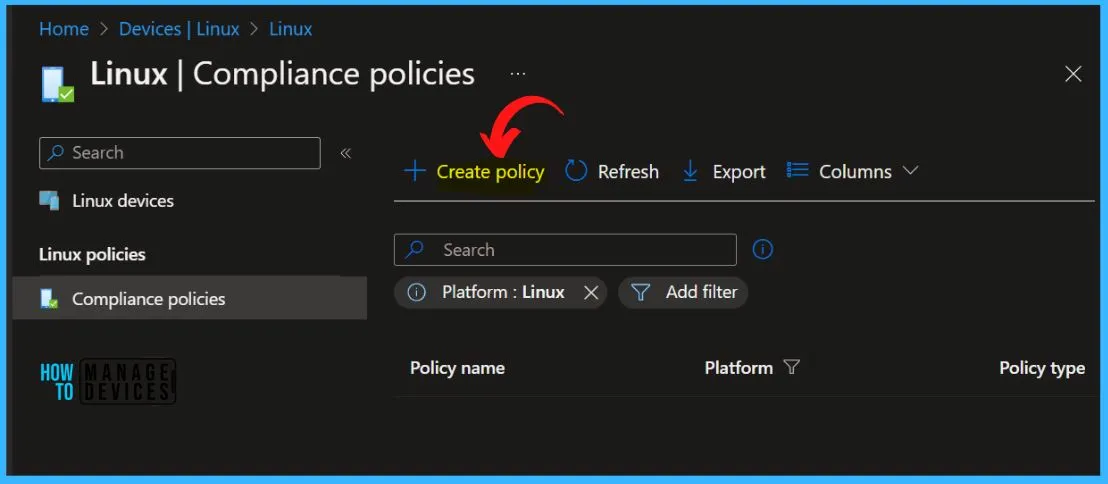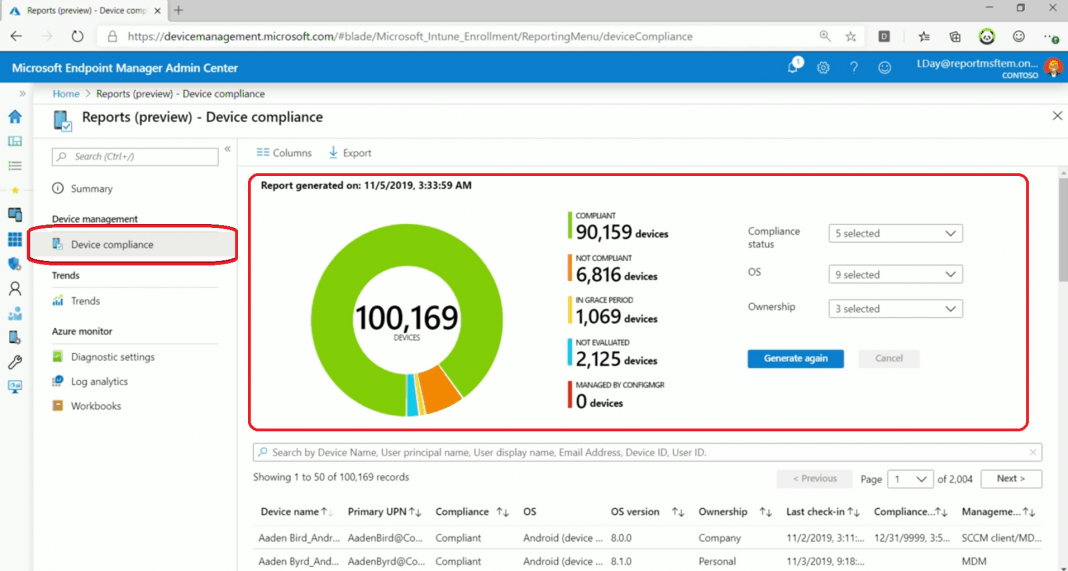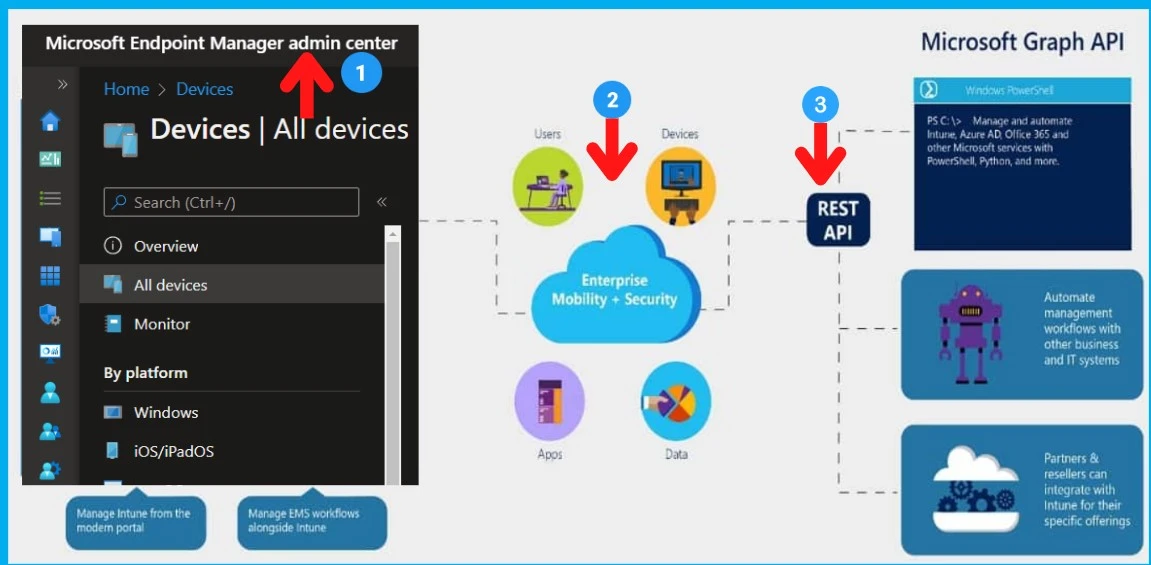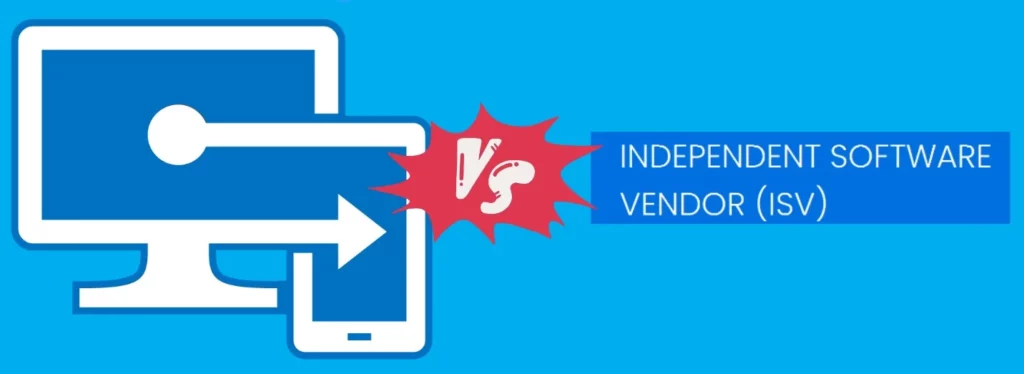8 Reasons to Select Intune Standalone Over ConfigMgr Integrated Intune. I understand that deciding to go with Intune standalone or integrate it with SCCM is critical for all organizations.
I was part of one Intune standalone vs. integration decision-making team with the SCCM decision-making team. I’m happy that we did not choose the Intune hybrid solution with SCCM integration.
This post provides a detailed explanation of the 8 key reasons to choose Intune Standalone over the integrated version with ConfigMgr.
Whether you are looking for easier setup, broader features, or better cloud integration, this guide will help you understand why Intune Standalone might be the better choice for your organization’s mobile device management needs.
Table of Contents
High-Level Content of this Post – 8 Reasons to Select Intune Standalone Over ConfigMgr Integrated Intune
Let’s discuss the High-Level Content of this Post. The section below will help you to show more details.
Should I go with Intune Standalone or SCCM Integrated Intune?
Feature Parity – Is it still valid to go with SCCM Integrated Intune?
Role-Based Administration – Is it still valid to go with SCCM Integrated Intune?
Single Pane of Glass – Is it still valid to go with SCCM Integrated Intune?
Reporting – Is it still valid to go with SCCM Integrated Intune?
Scalability – Is it still valid to go with SCCM Integrated Intune?
Programmability (Automation) – Is going with SCCM Integrated Intune still valid?
Integration with Third (3rd) Party Echo system – Is it still valid to go with SCCM Integrated Intune?
Other Reasons – Is it still valid to go with SCCM Integrated Intune?
- Intune Enrollment Time Grouping for Android Enterprise Corporate Devices
- New Intune Setting Disable Location on Android Enterprise Devices
- Best Guide to Deploy Android System Apps to Android Enterprise Devices using Intune
- Understanding Android Management with Intune | Android Enterprise
What are Intune Design Decisions?
This video details Intune Design Decisions and the important decision points in Intune Architecture. The below table helps you to show more details.
| What are Intune Design Decisions? |
|---|
| Existing Investments – Exchange Online, AAD, etc.. |
| Device Management Topics – Intune Vs SCCM Vs Co-Management? |
| Integration with current solutions |
Should We Go with Intune Standalone or SCCM Integrated Intune?
Should we go with SCCM Integrated Intune or Intune standalone? Let’s check the SCCM Integrated Intune architecture using co-management (What is SCCM Cloud Attach Tenant Attach Client Attach Vs Co-Management) and Tenant Attachment (What is ConfigMgr Tenant Attach Architecture).
- My previous post explained this, “SCCM Intune Architecture Decision Making Tips and Sample Diagram“
In this post, I will discuss more than eight (8) reasons to choose Intune Standalone over SCCM Integrated Intune and perform a detailed analysis of those 8+ reasons that can influence decision-making. Following are my recommendations!
NEW customers should select INTUNE STANDALONE as a preferred method
EXISTING customers should start PLANNING to MIGRATE to INTUNE STANDALONE
Feature Parity – Intune Standalone or SCCM Integrated Intune
The initial concern was the parity between Intune standalone and SCCM Integrated Intune features. I mentioned in my previous blog here that “The biggest and most awaited thing in SCCM CB hybrid is feature parity between Intune Stand Alone version and SCCM CB hybrid version”.
However, things changed after that blog post, and Microsoft introduced co-management of Windows 10 and other new things.
Feature parity is NOT valid when deciding to go with Intune HYBRID.
Decision ==> Intune Standalone
Role-Based Administration – Intune Standalone or SCCM Integrated Intune
The abovementioned changes made decision-making between Intune standalone or SCCM Integrated Intune a bit easier. Apart from the feature parity, Role-Based Administration (RBA) was one reason organizations went with Intune with SCCM integration.
Intune standalone introduced the RBAC option in the Intune portal. I have a post that explains RBAC’s “Intune Role-Based Administration RBA Controls“.
RBAC is NOT a VALID point in the decision-making to go with SCCM Integrated Intune.
Decision ==> Intune Standalone
Single Pane of Glass – Intune Standalone or SCCM Integrated Intune
The single pane of glass was another reason organizations wanted to choose Intune Hybrid with SCCM integration. But in reality, there was never a single console for end-to-end device management.
However, the Intune console can be the single pane of glass for managing Windows PCs (through the MDM channel), Macs, iOS, and Android devices. The single-pane glass concept is now coming from the Intune portal but is still a temporary solution.
- So in other ways, we need to use different consoles to manage Azure AD Conditional Access.
- A single pane of glass console is NOT a valid point when deciding to go with Intune HYBRID.
Decision ==> Intune Standalone

Reporting – Intune Standalone or SCCM Integrated Intune
Intune reporting solutions are improving a lot in recent releases in 2023. So, there is unnecessary to have SCCM integrate into the Intune solution using Tenant Attach and Co-Management solutions. This will help organizations perform data mining and create custom reports, etc.
List of Intune Default Reports Reporting Strategies Advanced Reporting Options
Intune standalone has options called Intune Data Warehouse to create custom reports. We can use the Intune Data Warehouse to build words (perform data mining) that provide insight into devices managed by Intune solution.
Following are some data points related to reporting.
- Heavily use custom reports and perform all kinds of data mining activities with SCCM DB, so Intune Data Warehouse could be a little muddy option for some of you.
- The SCCM database is connected to the organization’s asset management system. You need to architect those systems to access data from the Intune Data Warehouse.
However, if you compare Intune Standalone’s other advantages to your organization’s future strategy, I would still recommend it. Reporting is STILL VALID in decision-making, but I won’t go with Intune HYBRID.
Decision ==> Intune Standalone

Scalability – Intune Standalone or SCCM Integrated Intune
Scalability has not been an issue since the Intune migration to the Azure portal. Microsoft can support over 50k mobile devices with the new Intune solution. Microsoft Intune standalone running on Azure infrastructure can scale to meet customers’ scalability needs.
Scalability is NOT a VALID point when deciding to go with Intune HYBRID.
Decision ==> Intune Standalone
Programmability (Automation) – Intune Standalone or SCCM Integrated Intune
Intune API is generally available in Microsoft Graph. All the automation & programmability options are available in a fully supported way. More details – Intune Graph Starters Guide Query Samples.
Intune API in Microsoft Graph allows you to connect different Microsoft cloud services and automate workflows and processes between them. Programmability (Automation) – NOT A VALID point in the decision-making to go with Intune HYBRID.
Decision ==> Intune Standalone

Integration with Third-Party Echo System – Intune Standalone or SCCM Integrated Intune
Can Intune standalone integrate with ISVs (Independent Software Vendors) like ServiceNow or Remedy? Out-of-box integration is available from the ISVs when updating the post in 2023.
ServiceNow and Remedy are very popular IT service management tools. These tools are essential for most organizations. As SCCM has the vast majority of the market share in the device management world, the ISVs are interested in continuing their development efforts with SCCM integration.
Microsoft Intune has a way of hooking into ISVs like Remedy and ServiceNow for IT service management and asset management. However, I think these ISVs will wait until Microsoft Intune has a good market share to invest in developing Intune integration efforts.
However, there are workarounds for integrating your existing investments with Remedy/ServiceNow and Intune. These workarounds can be achieved through PowerShell and Graph API. On this topic, I will tend to decide to go with Intune standalone.
Integration with Third-Party Echo System – STILL VALID point in the decision-making to go with Intune HYBRID
Decision ==> Intune Standalone

Other Reasons – Intune Standalone or SCCM Integrated Intune
There could be other reasons that prompt each organization to decide to go with Intune standalone Vs SCCM Integrated Intune. But I’m sure Microsoft is fully aware of those decision points. If not, you can inform Microsoft of those reasons via user voice items.
Following are/were some of the other reasons.
- Multiple NDES servers for Certificate Delivery – Already available with Intune Standalone
- Multiple Exchange connectors – Microsoft is already aware of this requirement.
- S/MIME encryption support – Microsoft is already aware of this requirement
- SamAccountName is in email profiles, Entrust PFX, FQDN is in SCEP cert profiles, etc.
In 2023, I don’t see any specific reason to go with SCCM Integrated Intune rather than a standalone Intune solution. All the things (almost) that you can do with on-prem solutions can be done with Intune standalone solutions.
Other Reasons – STILL VALID point in the decision-making to go with Intune HYBRID
Final Decision ==> Intune Standalone

Resources
Choose between Microsoft Intune standalone and hybrid with SCCM
We are on WhatsApp now. To get the latest step-by-step guides, news, and updates, Join our Channel. Click here. HTMD WhatsApp.
Author
Anoop C Nair is Microsoft MVP from 2015 onwards for consecutive 10 years! He is a Workplace Solution Architect with more than 22+ years of experience in Workplace technologies. He is Blogger, Speaker, and Local User Group Community leader. His main focus is on Device Management technologies like SCCM and Intune. He writes about technologies like Intune, SCCM, Windows, Cloud PC, Windows, Entra, Microsoft Security, Career etc…

How about SCCM Software Metering functionality? Customer’s that are currently performing Software Metering via SCCM for licensing management (purchase & allocation) for all installed 3rd-party applications on all Windows devices, how can Intune help the Asset management team in this area?